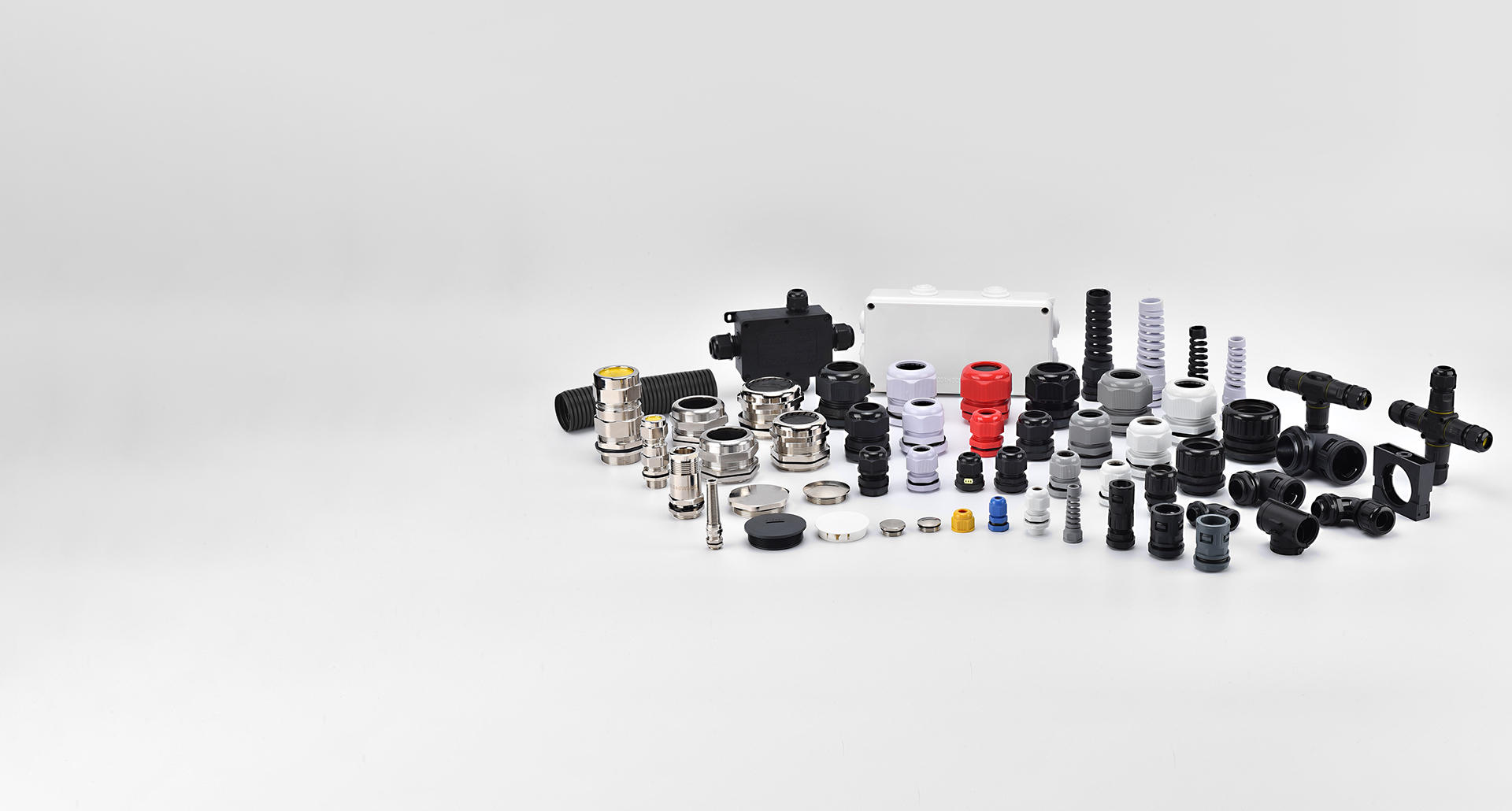How to Install Plastic Cable Glands Correctly: Q&A
Regarding the process of installing plastic cable glands, questions and answers are asked from the aspects of the importance of identifying the type, preparing the cable, ensuring proper insertion, following the torque setting, and post-installation inspection. The answer to each question is combined with the characteristics of different types of cable glands, precautions during installation, and possible problems and consequences to fully introduce the correct installation methods of plastic cable glands.
Q1: Why is it important to identify the specific type of plastic cable gland before installation?
A: Different types of plastic cable glands, such as PG Type, M Type, NPT Type, and G Type, have unique features and applications. Their thread types, sealing mechanisms, and material properties vary.
♦ For example, a gland with a specific waterproof rating like IP68 is designed for certain environmental conditions. Also, the material (nylon or other plastic compounds) affects durability and resistance to environmental factors. Identifying the correct type ensures it is suitable for the intended use and provides the necessary protection and connection integrity.

Q2: What should be considered when preparing the cable for installation?
A: When preparing the cable, you need to carefully strip it to the appropriate length. The amount of insulation to be removed depends on the size and type of the cable gland. It is crucial to ensure that the conductors are not damaged during the stripping process. Any damage to the conductors can lead to a loose connection or even damage the cable gland, which may cause electrical faults or compromise the cable's protection.
Q3: How do you ensure a proper fit when inserting the cable into the gland?
A: Gently insert the stripped cable into the cable gland and make sure the cable is centered and fits snugly. Some cable glands have internal clamping mechanisms or sealing elements.
♦ For example, an M Type Plastic Insulating Cable Gland has clamping claws and a ring. These need to be properly aligned with the cable to provide the necessary tensile strength and protection. A proper fit helps in maintaining a good connection and effective sealing.
Q4: What is the significance of following the recommended torque settings when tightening the gland?
A: The recommended torque settings are crucial as they vary depending on the "Plastic Cable Glands Thread Types". Over-tightening can damage the gland or the equipment it is attached to. It may cause cracks in the gland body or strip the threads.
♦On the other hand, under-tightening results in a poor seal. This can lead to the ingress of dust, water, or other contaminants, which may cause short circuits or corrosion of the electrical components, especially in critical applications like in the petroleum or chemical industry where a secure connection is vital.
Q5: What kind of post-installation checks should be done?
A: After tightening, visually inspect the cable gland to ensure the seal is intact. If the Plastic Cable gland has a claimed waterproof rating, a water spray test can be performed (considering the "Plastic Cable Glands Waterproof Ratings"). Also, check for any signs of cable slippage or looseness. If any issues are detected, recheck the installation steps and make the necessary adjustments.
♦Electrical tests such as insulation resistance and conduction tests can also be carried out to ensure the reliability and safety of the connection, conforming to relevant electrical standards.







